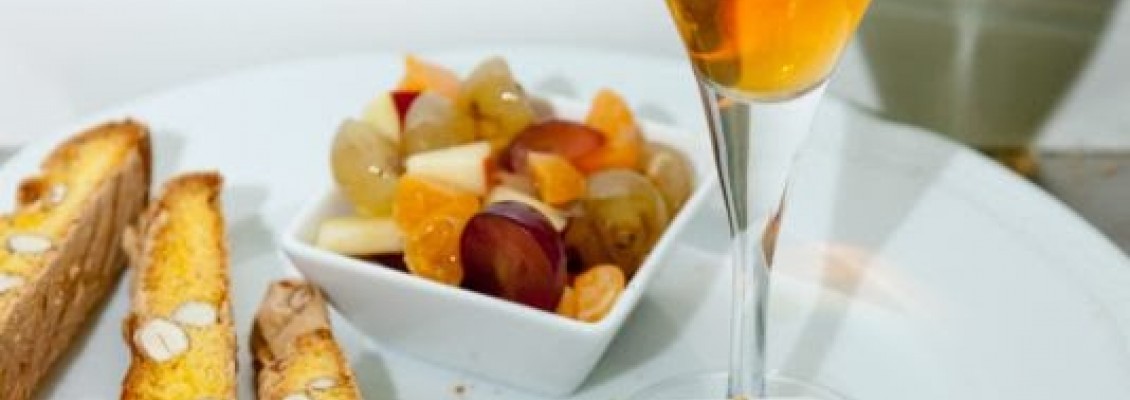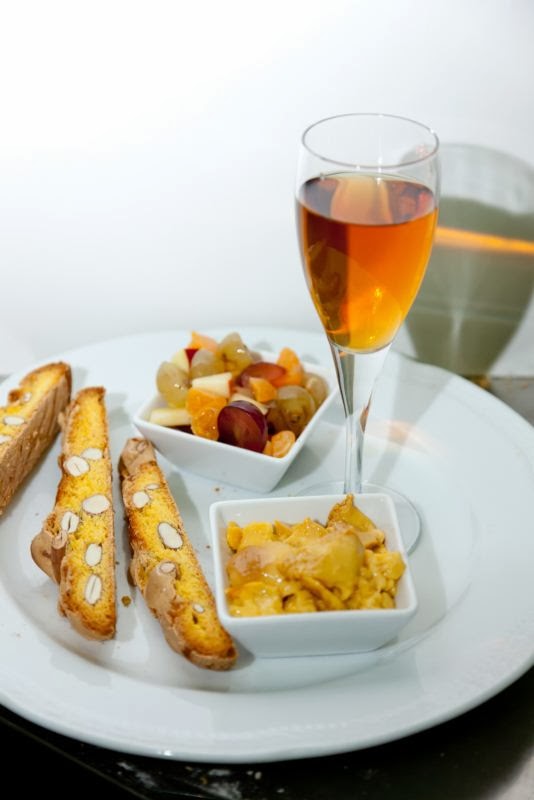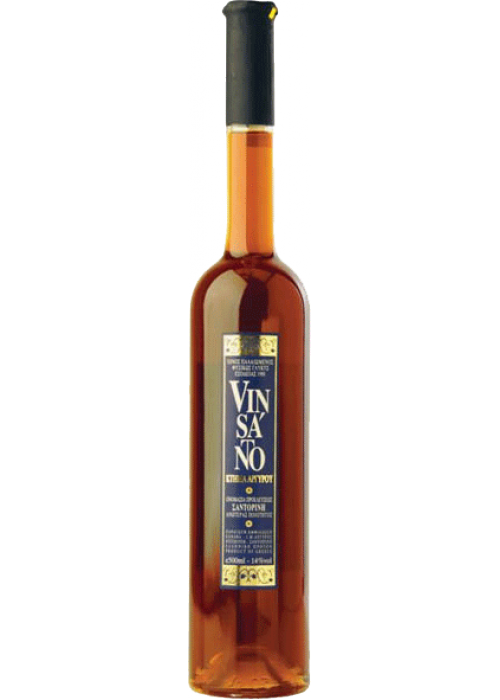Vinsanto. The Holy Wine.


Everything you need to know about this sun-dried wine born each year from the legendary “coils”. While looking for old books from the first travellers in Greece, one can find the "Ils de la Grece ” (Greek Islands) (1853) by Louis Lacroix, who, arriving in Santorini, wrote amongst others: “.. No dessert wine can be compared to the white Santorini Vinsanto. It is produced by grape, which is placed in the house terraces, displayed in the sun for 15 days before it goes to the wine-press. After one year it becomes an exceptional sweet wine that surpases the best Monemvasies (the sweet wines from Monemvasia) of the Archipelagos...”
Vinsanto – which due to the sake of age rightfully has the primacy among the island' s wines – is considered as the holdover of Passos the raisin wine of ancient times, that held prominence in feasts and the Aegean island were famous for its production. I might as well brag that it continues the winemaking tradition that Isiodos is describing, according to which grapes were exposed to the sun for 10 days and for 5 more days they were drying in the shade.
The theories about the Vinsanto 's name origin differ: Others consider that it is an abbreviation of the word “vino santo” which means 'holy wine' and others that comes from the phrase “vino di Santorini” which means 'wine of Santorini'. Whichever theory is right, the fact that the sweet wine of Santorini was and will be sought after in world markets does not change. Its biggest market, though, is still Russia, where it is used in the sacrament of the Holy Communion. Holy Wine, indeed!

Traditionally, houses in Santorini, made white and red Vinsanto, based on the grapes they hap in their vineyards – Assyrtiko, Aidani, Mandilari, Voudomato... However, only the white has the right to be called Wine with Designation of Origin. For its production mature grapes from Assyrtiko, Aidani, Athiri but some minor, native varieties like the Katsano, Gaidouri and Platani as well.
After about 10 days under the hot august sun, grapes are heated so much that the water evaporates, increasing the concentration of sugars and the delicious juicy berries are left as black raisins. For the production of 1 liter of Vinsanto, 5-6 kilos of grapes are needed, instead of the 1.5 kg that is usually required to produce any other white wine.
The vinsanto was originally a soft orange colour with golden highlights. In its deep maturity, it acquired a brown-red, deep and velvety color. Its scents lure you into orchards with lemon flowers, in spice markets nad in wooden cupboards where old housewives used to store sweets and cookies that smelled vanilla. It's a wine with a unique aromatic and savory complexity with excellent structure and savory course.
Source: www.oinoxoos.net
Find them here: https://www.greeceandgrapes.com/en/sweet-wine?fa49=Santorini%20Wines